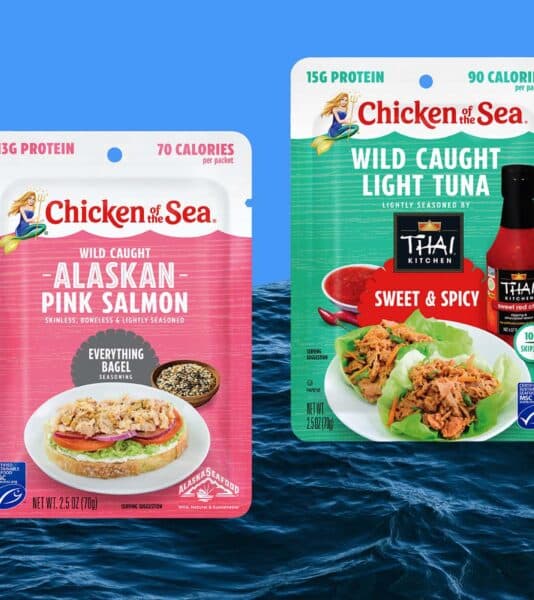Food costs are up. Labor costs are up. Foodservice and restaurant profit margins are shrinking. Looking for solutions? A new continuing education (CE) course from Chicken of the Sea tackles tips for foodservice cost-cutting.
“Labor shortages and supply chain disruption, made worse by levels of inflation not seen since the 1970s, have raised the degree of difficulty even higher on an operating environment already shaking out from the pandemic,” according to Datassential (One Table – The state of the operator and the road ahead, 2022). Foodservice operators are, in essence, battling a perfect storm—and applying their business acumen to ride it through.
Menu cuts, raising menu prices
Common strategies at play include 40% of foodservice operators who have reduced the size of their menu and 60% who have raised menu prices. Six out of 10 foodservice operations have also cut back their operating hours to contain labor costs. Some operations have also cut services due to the labor shortage.
The biggest labor bite is in hourly cooks, according to Datassential. To combat this, some foodservice managers are incorporating value-added or convenience products that reduce the labor requirements powering their menus. Some are looking to boost employee training, a factor in employee retention. Some are paying higher wages and trying to do more with less to maintain profitability.
Menu streamlining to cut costs
Menu streamlining is a pervasive trend that is helping operators reduce both inventory and labor requirements for their menus. Explains the National Restaurant Association (NRA), successful restaurants are “focusing on items that sell well, are quick and easy to prepare, and require ingredients readily available from the supply chain” (NRA. Restaurants streamline menus to combat higher costs. Sept. 1, 2022). In fact, menu streamlining is one of top three macro trends for 2023, as identified in the NRA 2023 What’s Hot Culinary Forecast. POS data is the key to unlocking menu changes that can cut costs while maximizing the bottom line.
Inventory replacements reduce food costs
Inventory efficiency is another idea that is helping many operators reduce costs. The inventory list is closely related to the menu, recipes, and production methods. “Innovating dishes with less costly ingredients” is a major strategy reflected in the 2023 What’s Hot Culinary Forecast. Examples could be replacing meat with shelf-stable pouch or canned seafood or replacing out-of-season produce with in-season options.
“In a typical operation, just 20 products account for 80% of food costs. Thus, the highest-volume inventory should receive the most focus in managing inventory, counting to avoid over-buying, and seeking out competitive sourcing and pricing,” explains the course.
Along with an eye on inventory, operators can zero in on reducing food waste. Some of that can be addressed through streamlined inventory, accurate forecasting, and diligent first-in, first-out (FIFO) practices to avoid product expirations. Portion size management, avoidance of all-you-can-eat service models, creative use of leftovers, and other tactics can help as well.
A close analysis of costs in your foodservice operation can lead to small steps that add up to improved financial performance. Explore action steps for your foodservice operation in the free CE course on tunaversity.com, Foodservice Cost-Cutting >








